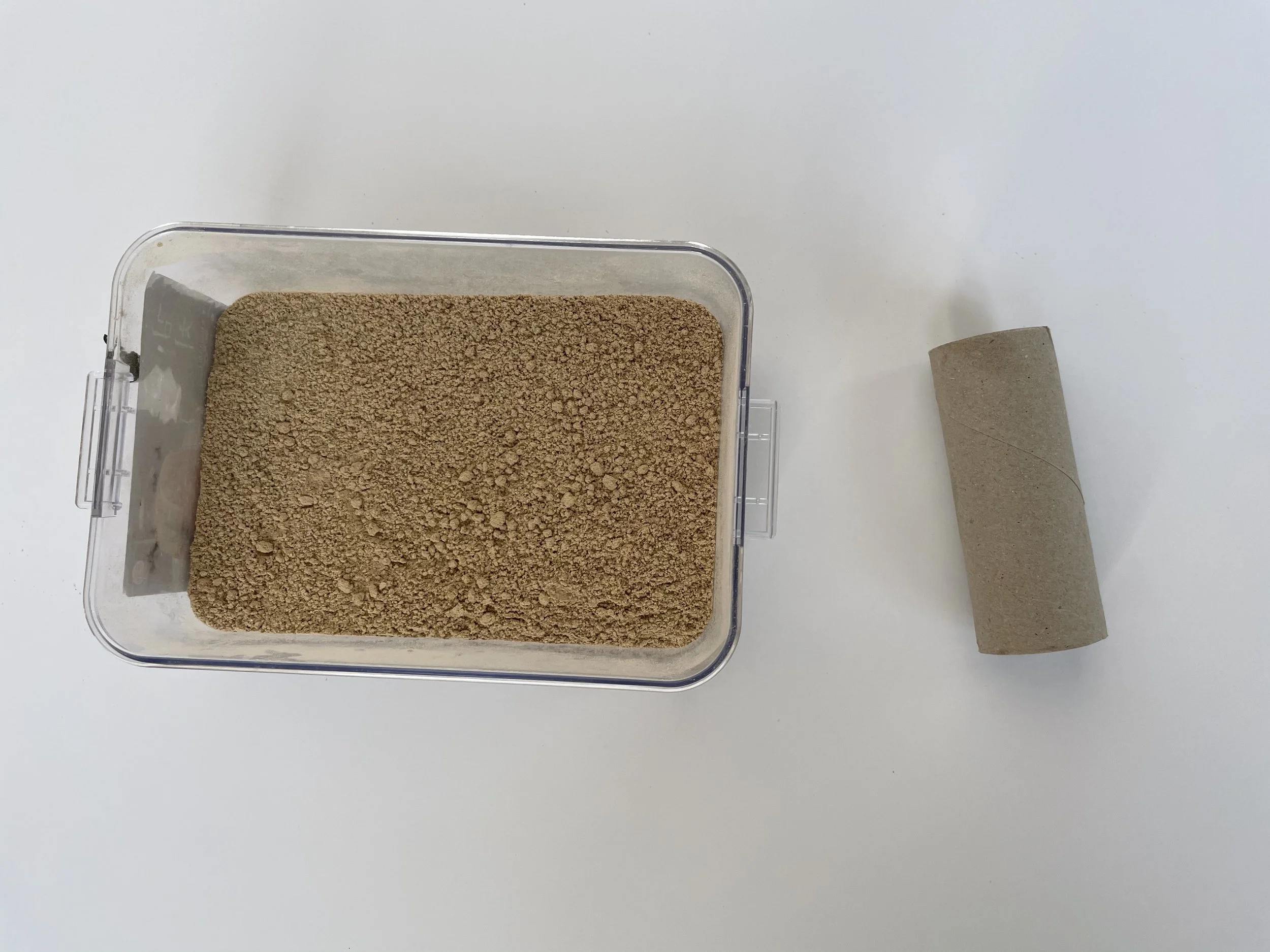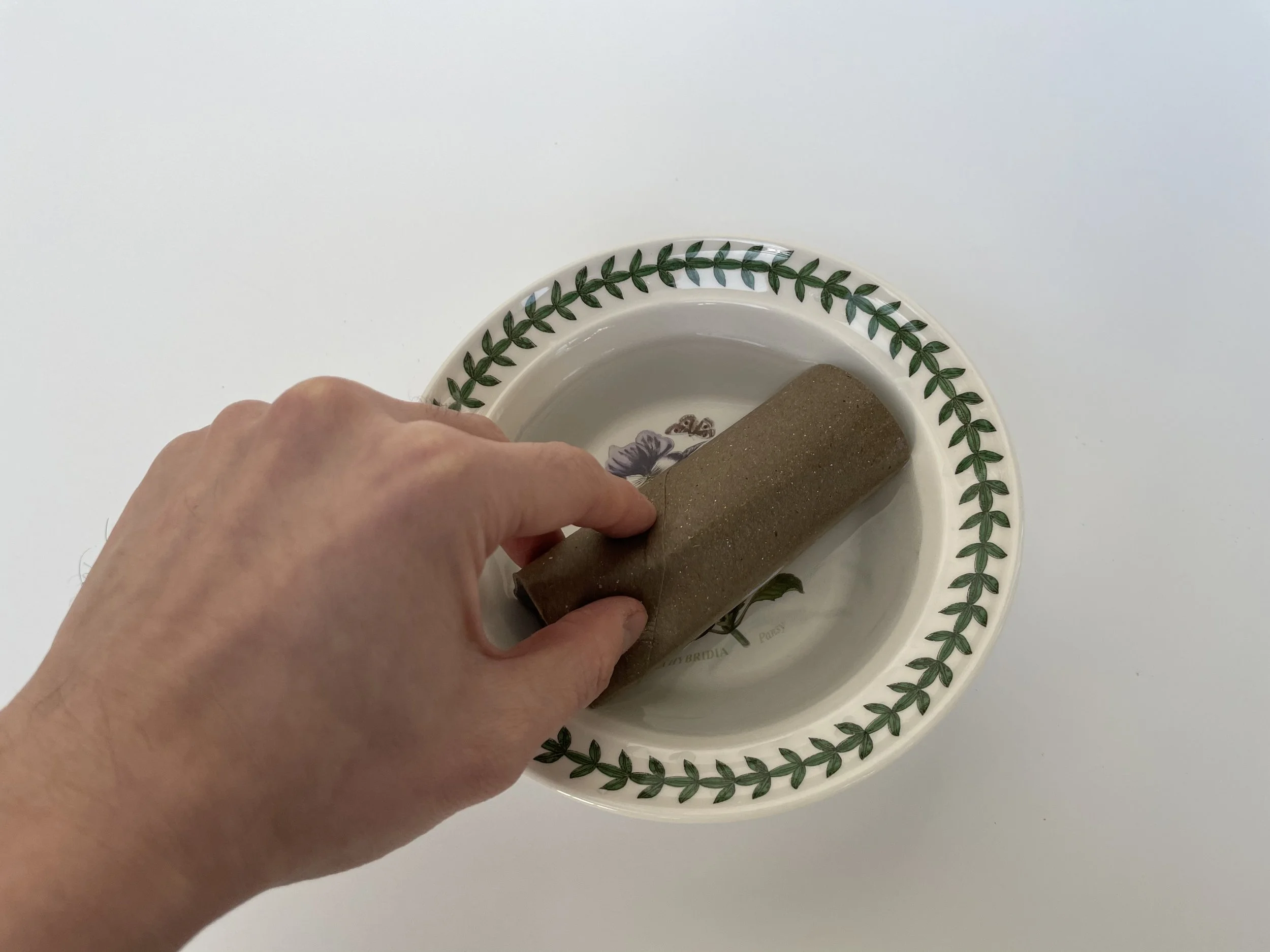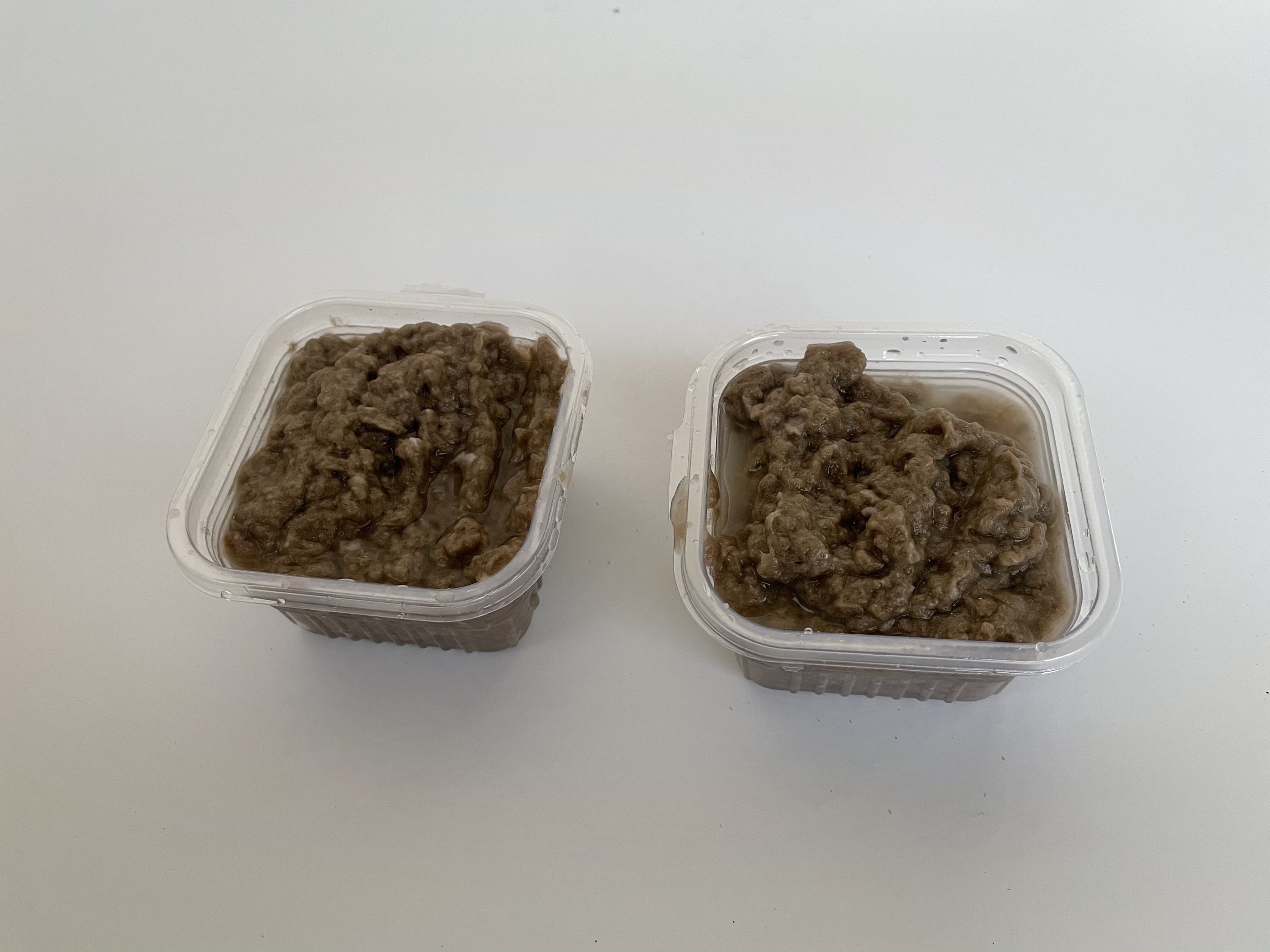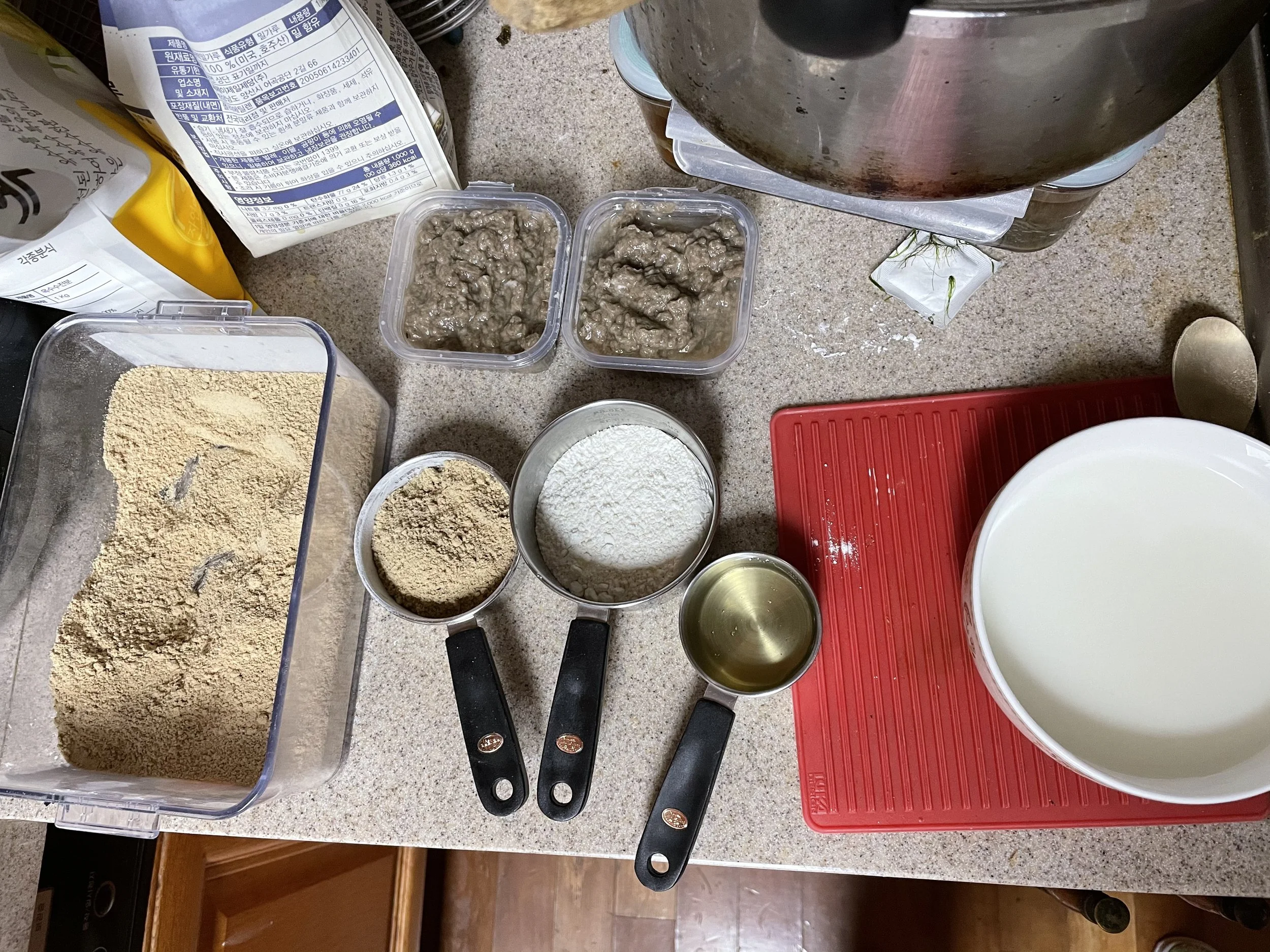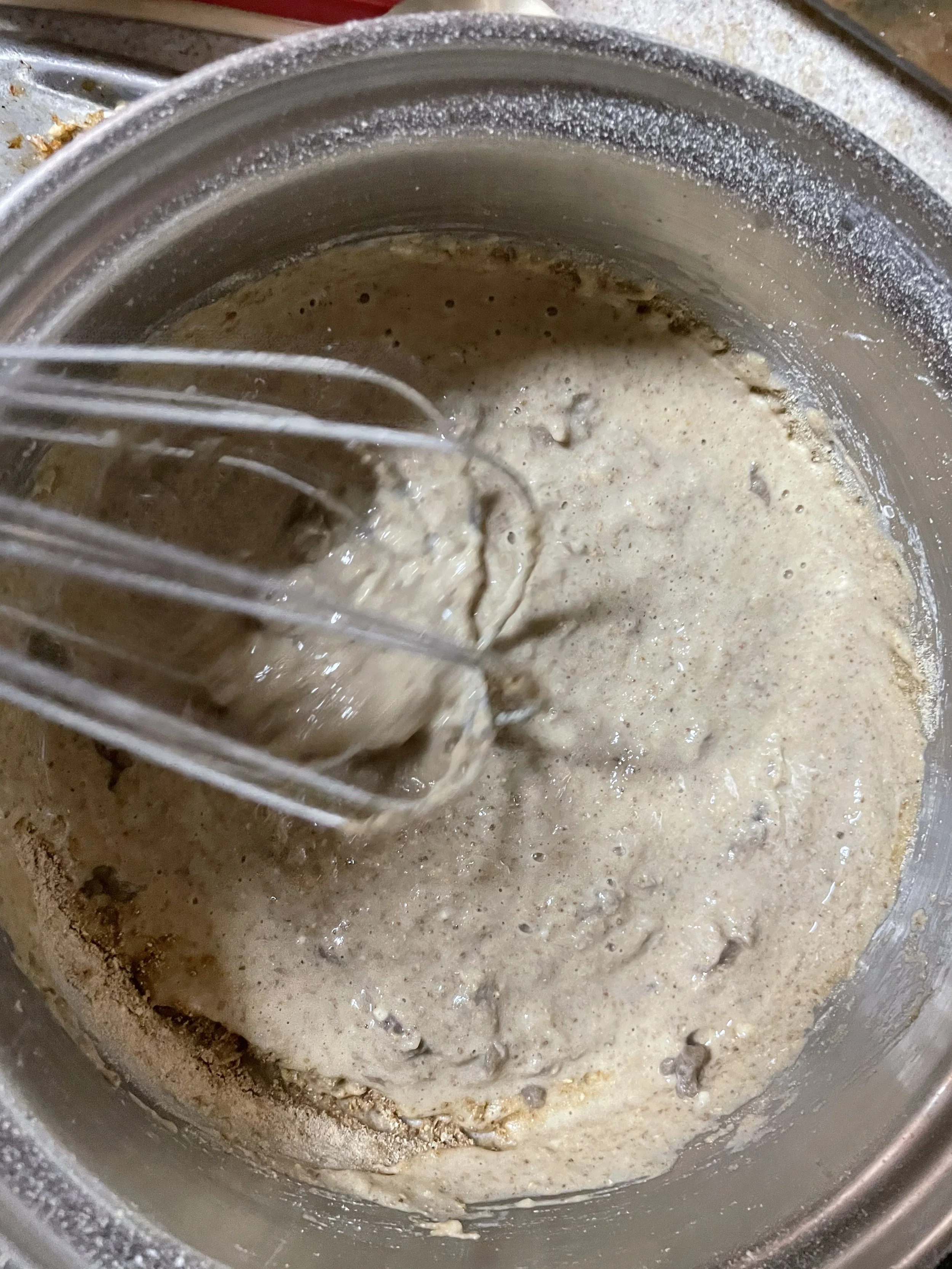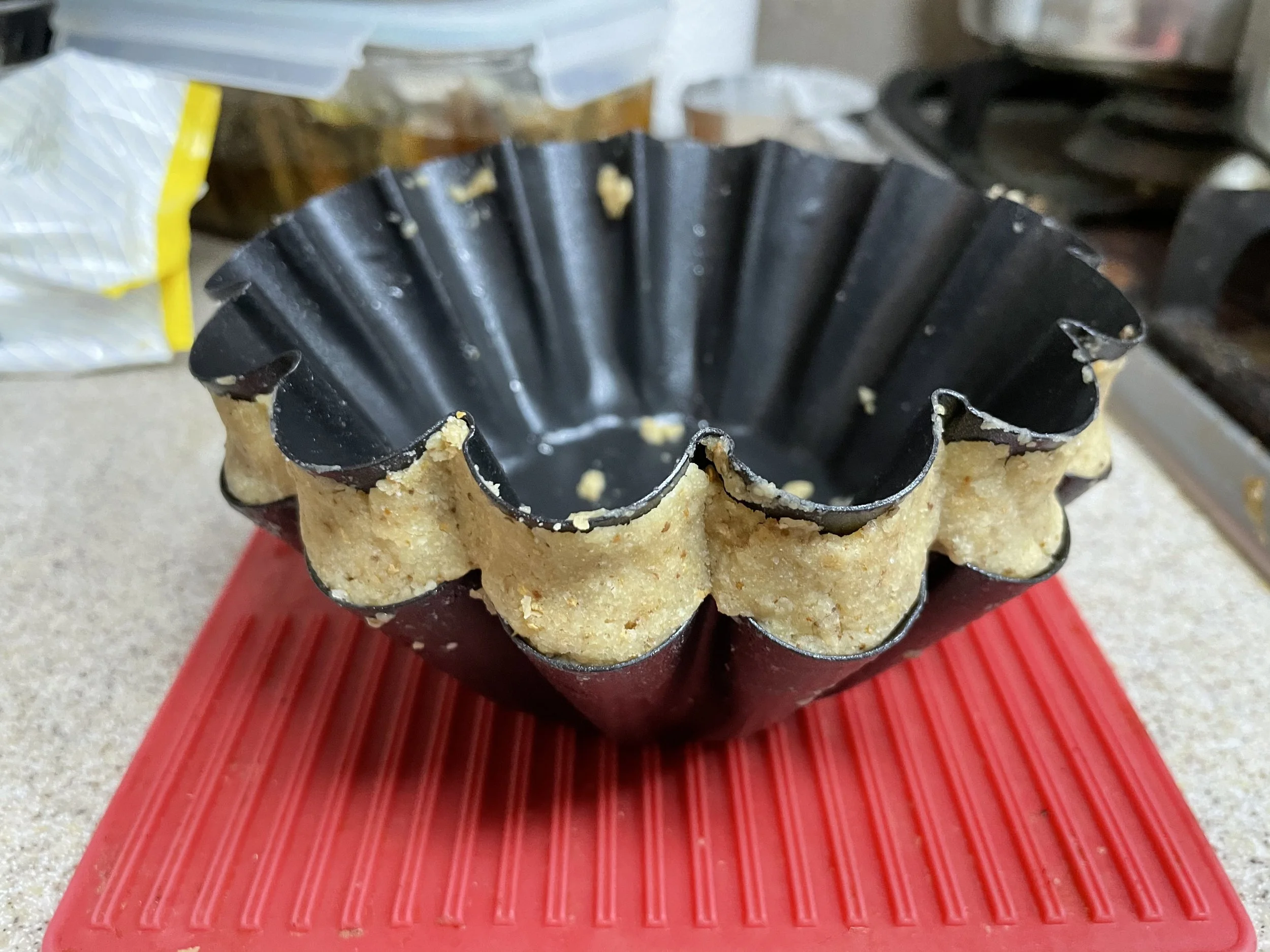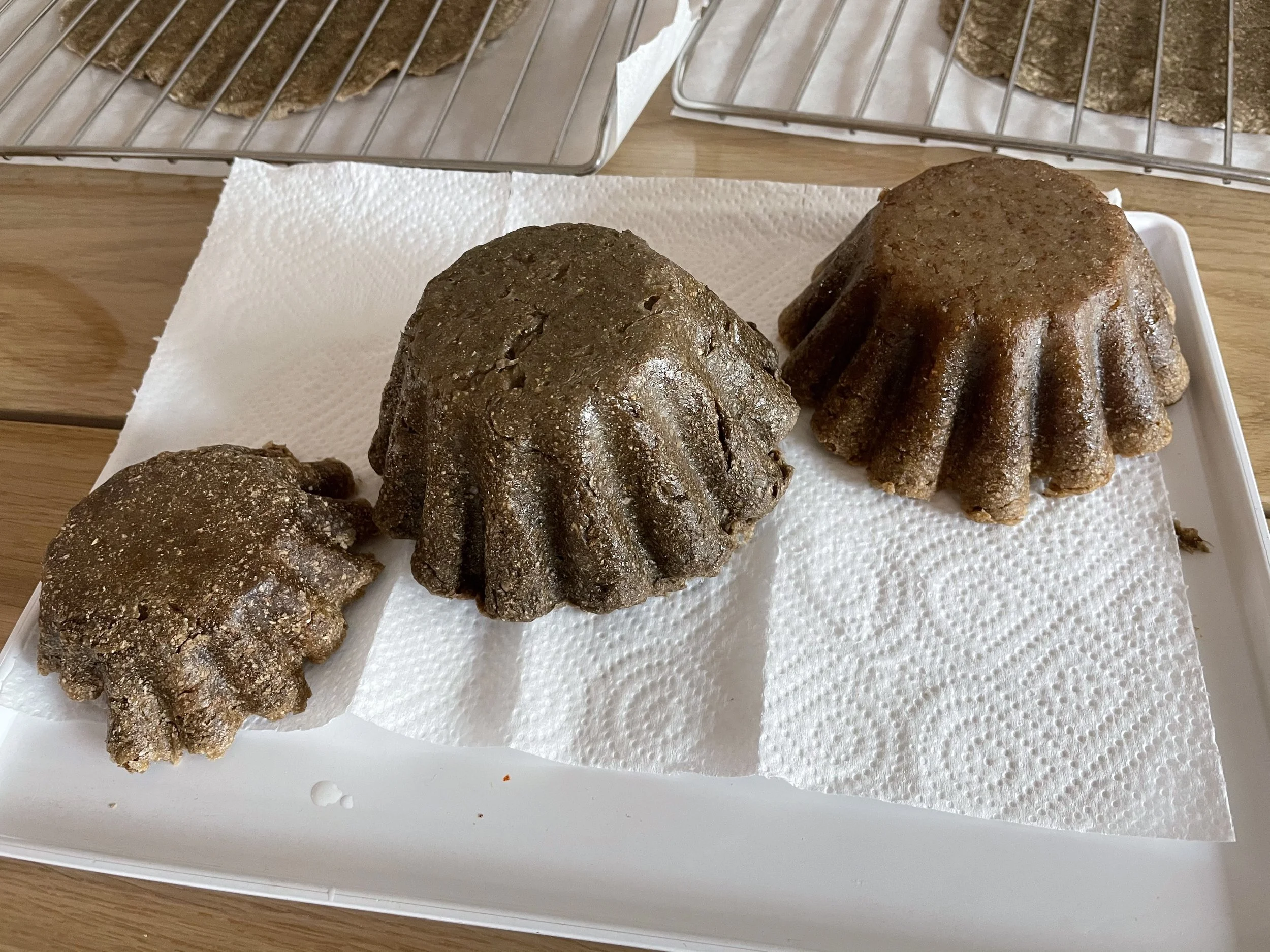
From a peanut shell to a usable product
I designed a bowl and a set of utensil from a peanut shell.
This is part of my bio-material experiment to design a biodegradable product as a replacement for the existing products that are not.
Preparation: Peeling & separating different parts - peanuts, shells and skins.
Put it into the blender and make the peanuts and the shells into a powder.
Bio-Plastic sample: The first time making bio plastic was an eye opening experience because I didn’t think it was possible in the beginning
Recipe: Agar Agar - 1.5tbsp, Glycerine - 1 tbsp, Peanut (shredded) - 1 tbsp
Improved samples
While improving the Agar-based bio plastic, I found that the glycerine absorbs the colored liquid that I add and produce the color of the plastic according to it.
The plastic becomes stronger when I add more peanut shells. The materials I used for the improved samples are flour, honey and juice (in addition of peanut ofcourse)
Failures
Keeping the bio plastic fresh and mold-free was the most challenging part of the practice. It either quickly or slowly caught on molds no matter where I store it, outside or inside the fridge.
I solved this issue by putting less glycerine and adding more peanut shell into my material, making it as dry as possible.
More experiments to strengthen the material
-

Glycerine + colored liquid= Good mix for adding colors
-

Peanuts + melted sugar = One heck of a sticky glue!
Not ideal. Too sticky and brown.
-

If its too thin and dry, the material breaks during the drying process
-

Mixing flour with sugar makes an adhesive. But it’s too sticky and doesn’t dry quickly.
Out of my four final samples, I chose the one made with peanut and the shell mixed with empty toilet paper roll (cardboard) as my favorite. Not only it was the strongest, adding the smell of peanut was much easier than the other ones.
Final prototype










